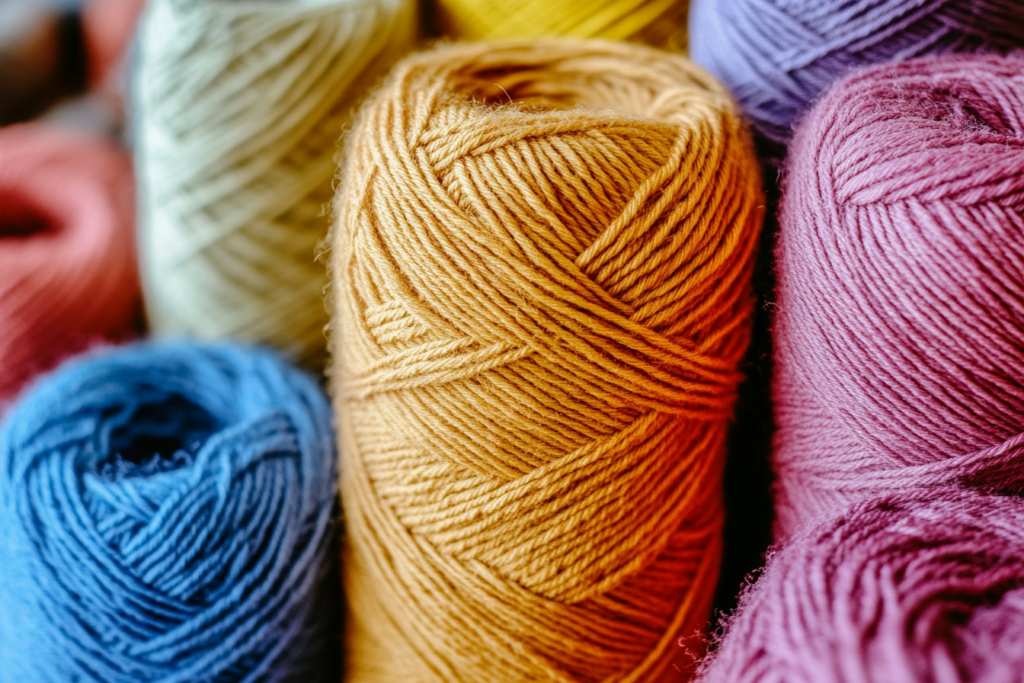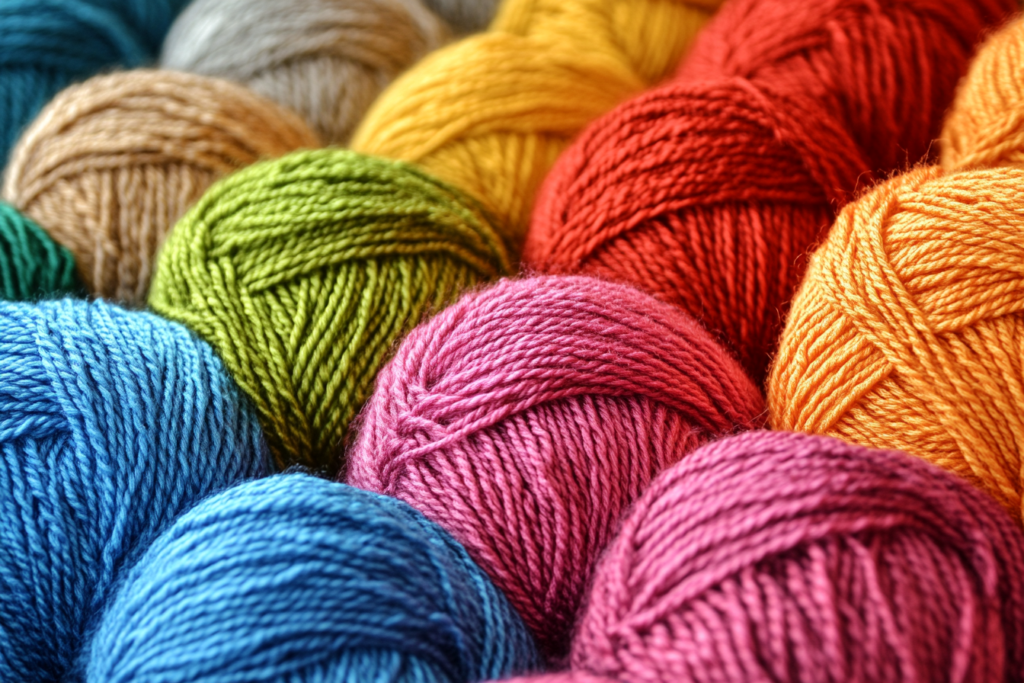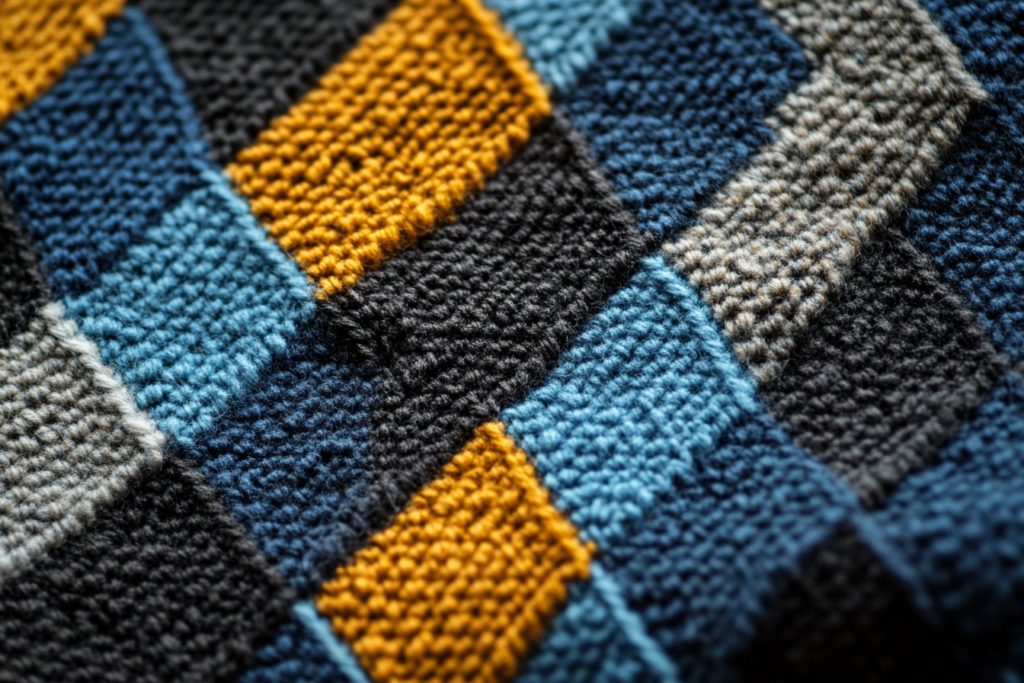Yarn Count: Understanding the Weight and Quality of Yarn
Meta Description: Yarn count is a measure of the weight of the yarn, based on the fiber’s weight and the elements selected. Learn how yarn count affects fabric quality and its role in textile production.
What is Yarn Count?
Yarn count is a standard used to measure the weight and thickness of yarn. It is an important metric in the textile industry, helping manufacturers and designers understand the strength, durability, and texture of the yarn. Yarn count is typically based on the weight of a specific length of yarn or the length of a specific weight of yarn.
The measurement system for yarn count can vary depending on the fiber type and the construction method of the yarn, but it provides a consistent way to compare different yarns. The yarn count standard is essential for determining how a yarn will behave in fabric production and garment construction.


How is Yarn Count Measured?
Yarn count is measured using two primary systems: the Direct System and the Indirect System. Each system provides a different way of representing the yarn’s thickness or weight, depending on how the yarn is constructed.
📌 1. The Direct System
- The Direct System measures the weight of the yarn for a fixed length. This system is often used for filament yarns (long, continuous fibers) like polyester or nylon.
- In this system, the yarn count is represented as the weight per unit length, and the thicker the yarn, the higher the weight.
- Common units used in the direct system include denier (weight in grams for 9000 meters of yarn) and tex (weight in grams for 1000 meters of yarn).
- Example: A yarn with a denier of 100 means that 9000 meters of that yarn weighs 100 grams.
📌 2. The Indirect System
- The Indirect System measures the length of yarn per unit of weight. It is often used for spun yarns (fibers twisted together to form yarn), like cotton or wool.
- In this system, the higher the count, the finer the yarn, as it indicates more length per unit of weight.
- Common units in the indirect system include cotton count (Ne) or woolen count.
- Example: A yarn with a cotton count of 20 Ne means there are 20 hanks (840 yards each) in one pound of yarn.
Why is Yarn Count Important?
1. Determining Fabric Texture
- The yarn count directly affects the texture and feel of the fabric. Finer yarns (higher yarn count) typically produce fabrics that feel softer and have a smooth finish, while thicker yarns (lower yarn count) create fabrics that are heavier, denser, and often more durable.
2. Fabric Durability and Strength
- Yarn count helps determine the strength of the fabric. For instance, fabrics made from thicker yarns tend to be more resistant to wear and tear, making them ideal for outerwear or heavy-duty clothing. Finer yarns, on the other hand, are better suited for lightweight fabrics like blouses or shirts.
3. Impact on Weight and Comfort
- The weight of the yarn impacts the weight of the final fabric. Fabrics made from lighter yarns are ideal for summer clothing because they feel cooler and lighter. Heavier yarns provide more insulation and are perfect for winter garments.
4. Fabric Production and Efficiency
- Yarn count helps manufacturers plan for fabric production. Knowing the yarn count allows producers to estimate how much yarn is needed for a specific project, ensuring they can produce the right quantity of fabric without waste. It also helps in determining yarn consumption rates for efficient production.
Applications of Yarn Count
Yarn count is used across various industries and applications, with each sector choosing specific yarn counts based on the desired characteristics of the fabric:
📌 Apparel Manufacturing
- Lightweight fabrics for shirts, blouses, and dresses are often made with finer yarns (higher yarn count), while heavier fabrics for jackets, suits, and outerwear are made with thicker yarns (lower yarn count).
📌 Home Textiles
- Bedding and upholstery fabrics require specific yarn counts to achieve the right balance of softness and durability, ensuring comfort and long-lasting quality.
📌 Technical Textiles
- For industrial textiles, such as those used in car seats, automotive upholstery, and geotextiles, yarn count is important in determining the strength and wear resistance of the fabric.
Example of Yarn Count
| Fiber Type | Yarn Count | Usage |
|---|---|---|
| Cotton | 20 Ne (Cotton Count) | Lightweight shirts, blouses, bed linens |
| Polyester | 100 Denier (Direct) | Lightweight outerwear, activewear |
| Wool | 2/32 (Woolen Count) | Sweaters, coats, scarves |
| Silk | 16/2 (Spun Count) | Luxury garments, evening wear, silk blouses |
Illustration of Yarn Count and Its Impact on Fabric
Here’s an illustration showing the difference in yarn thickness and how it impacts fabric weight and texture. The fine yarns (higher yarn count) produce smoother, softer fabrics, while thicker yarns (lower yarn count) result in heavier, more durable fabrics.

Conclusion: The Role of Yarn Count in Fabric Design and Production
Yarn count is an essential metric in the textile industry that affects a fabric’s texture, durability, and comfort. Whether you are designing garments, creating home textiles, or manufacturing industrial fabrics, understanding yarn count is crucial to selecting the right yarn for the intended application.
By providing a standard way to measure the weight and thickness of yarn, yarn count helps designers, manufacturers, and consumers understand how a fabric will perform in its final product.



